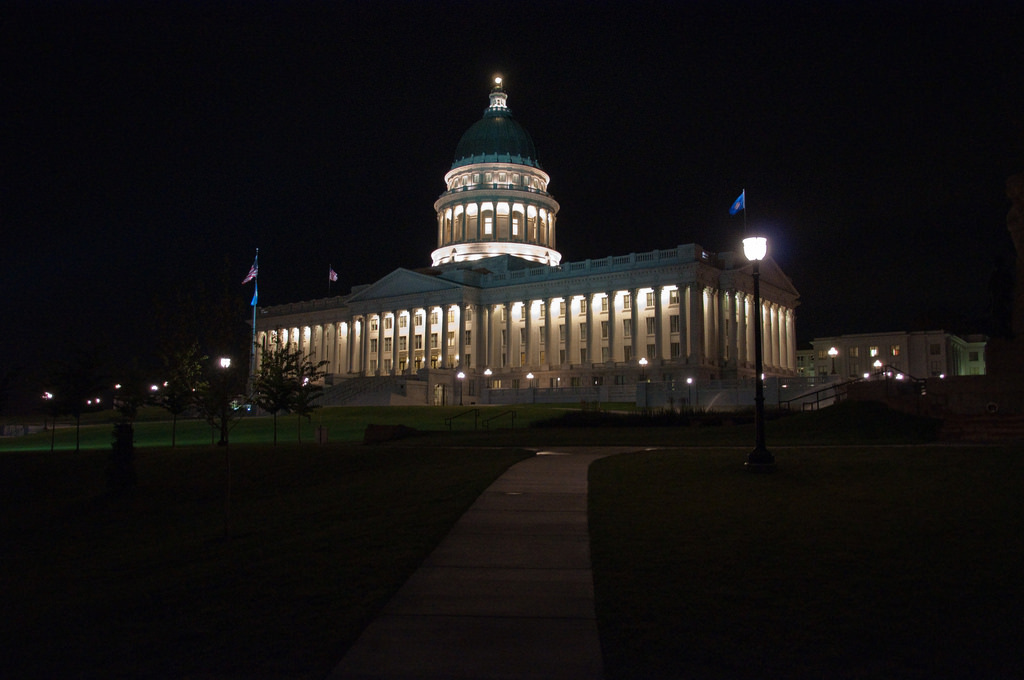| One of my favorite things to ask politicians and school administrators is to explain who sets the vision for public education in Utah. It’s not an easy question. I don’t think there is a right answer. At least, candidates at a recent debate I moderated didn’t get any closer than I have to articulating one. That doesn’t mean people won’t claim to have one. But merely having a vision doesn’t count if you |
| | can’t untangle it from the weeds of a complicated process. Without a vision and direction, we have to rely on chance for any hope of progress. And while it’s fashionable for pundits to belittle voters for not being engaged enough to understand how things work, this is one area where you may be excused for feeling confused. Candidates for governor like to make people think they set the vision. But the governor has a bully pulpit and little else. He or she may be in a position to push or prod or convene a task force or two, but nothing happens if the other players don’t agree. Because it writes laws, the Legislature can do a lot, and not all of it good. Lawmakers like to impose exams and other requirements on students or teachers, and they decide how much money to allocate, which is a source of great power. But you don’t often get a clear vision out of a collection of 104 people. Sydnee Dickson, the superintendent of public instruction, has a vision-setting job, but when I laid all this out and asked her earlier this year to explain who really steers the direction, she deadpanned, “Are you trying to say there are a lot of people with their fingers in the pie?” Yes, and we all know how good pie is when everyone has touched it. Dickson’s commitment is “to (carry) out the vision of the Utah State Board of Education,” according to a quote on the board’s website. And while we’re on that subject, this year the state Board of Education is more democratically elected than it has been in many years. That’s because, two years ago this month, U.S. District Judge Clark Waddoups ruled it was unconstitutional for the governor to select state school board candidates from a list that had been winnowed by a committee. Several candidates had sued, claiming the system was a violation of their right to free speech. The judge agreed, and the governor suddenly had less power of education than before. So this year, if you live in one of the eight district seats up for grabs, you probably had a chance to vote in a primary election. All but one district attracted more than two candidates. I had the privilege of moderating primary and general election debates in some of these districts. The debates were sponsored by the Utah Debate Coalition. You can find information on candidates in your district through its website, utahdebatecoalition.com. You can listen to recordings of the debates on http://www.ksl.com/?sid=40324039&nid=148. But of course, the state school board is only one education decision awaiting you at the ballot box. You may have to decide local school board races. You may face bond elections for school construction. You may be confused as to who controls what. Earlier this month, the state school board released its latest set of letter grades for Utah’s public schools. Just over half were given A’s or B’s. The number of failing schools grew from the previous year, even though some of them performed better. The only thing that grew more, it seemed, was the feeling of frustration on all sides. But the board wasn’t to blame. The Legislature set the process in motion and decided to recalculate the grades if scores were higher. The board was charged with administering it all. Some may say it’s good to have a system so complicated that no one with an agenda can hijack it. There is logic to that. But at a time when schools are struggling for ways to become globally competitive against the challenges of a growing and diverse population, a system can become too complicated for its own good. |


 RSS Feed
RSS Feed

